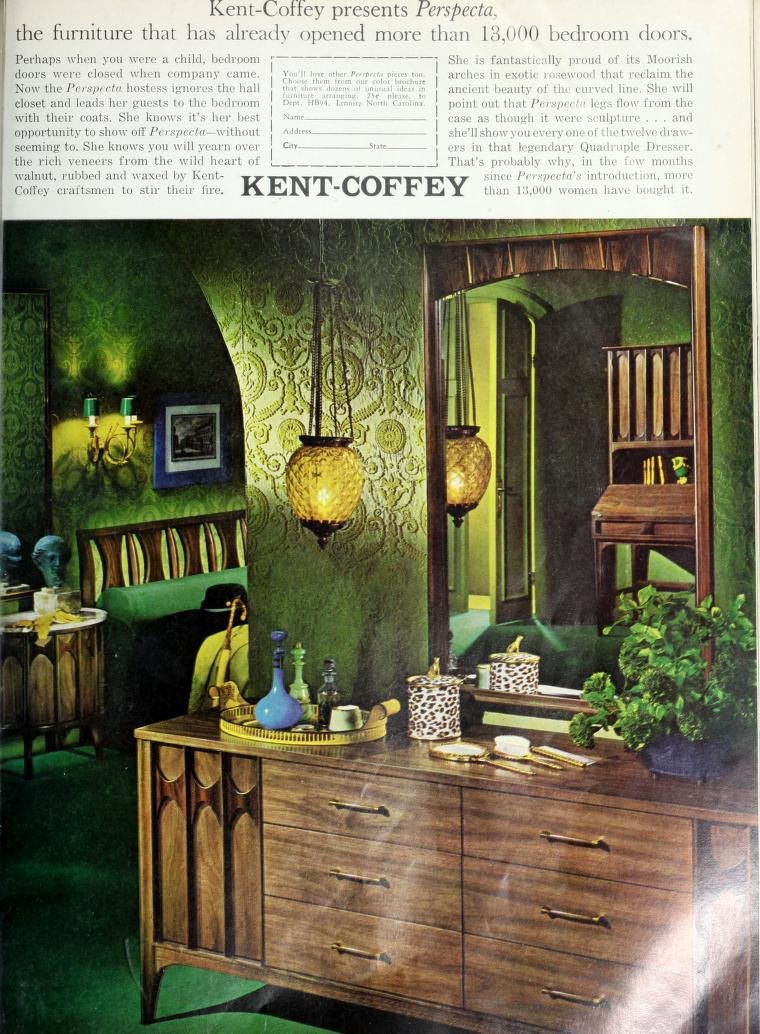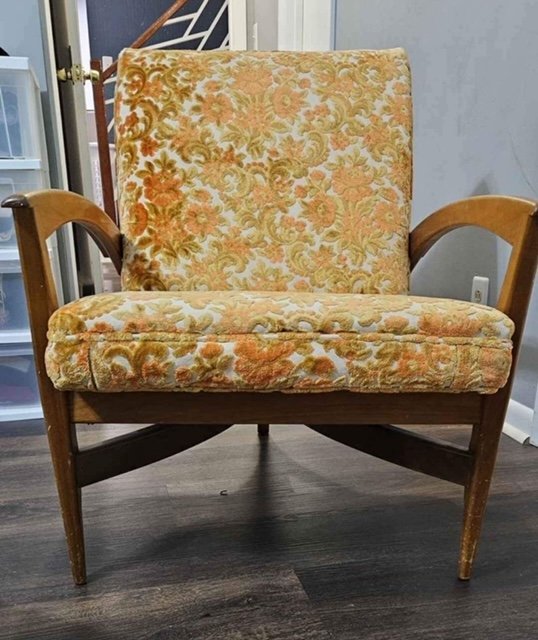Mid-Century Furniture Catalogs: Design Inspiration Through the Ages
Mid-Century Modern design has made a resounding comeback in recent years, with enthusiasts and interior designers alike embracing its timeless appeal. One integral aspect of this revival is the exploration of mid-century furniture catalogs. In this extensive guide, we embark on a journey through the history, significance, and enduring influence of these catalogs within the world of MCM.
The Historical Significance of Mid-Century Furniture Catalogs
To comprehend the role of mid-century furniture catalogs, it's crucial to delve into their historical context. The mid-20th century marked a period of design evolution, and catalogs played a pivotal role in disseminating the latest trends and innovations to homes across America.
The aftermath of World War II brought about an era of optimism and renewal. Furniture catalogs became instrumental in introducing a new design language that emphasized functionality, simplicity, and the use of innovative materials. We explore how catalogs mirrored the societal shifts of the time.
Mid-century furniture catalogs were not exclusive to the elite; they aimed to democratize design by making modern and stylish furniture accessible to the average consumer. We examine how this approach revolutionized the concept of home furnishings.
Iconic Mid-Century Furniture Designs from Catalogs
Mid-century furniture catalogs featured iconic designs that continue to captivate enthusiasts today. From Eames chairs to Noguchi tables, we delve into the enduring appeal of these classic pieces and their representation within catalogs.
The Eames Lounge Chair and Ottoman, designed by Charles and Ray Eames, is an iconic mid-century piece that gained prominence through catalogs. We explore its innovative design, versatile use, and continued popularity.
Noguchi Coffee Table
Isamu Noguchi's Noguchi Coffee Table is a testament to the fusion of art and function. We discuss how its unique design and presence in catalogs solidified its status as a mid-century classic.
Saarinen Tulip Table and Chairs
Eero Saarinen's Tulip Table and Chairs introduced organic forms and minimalism to mid-century design. We highlight their significance in catalogs and how they continue to inspire contemporary interiors.
The Role of Catalogs in the Mid-Century Revival
In the 21st century, mid-century modern design is experiencing a renaissance. Furniture catalogs, both vintage and contemporary, play a vital role in this revival. We explore how these catalogs serve as a bridge between the past and present.
Vintage Catalogs as Time Capsules
Collectors and enthusiasts treasure vintage mid-century furniture catalogs as historical documents. We examine how these catalogs offer insights into design trends, materials, and consumer culture of the era.
Contemporary Catalogs in the Digital Age
The digital age has ushered in a new era of mid-century modern furniture catalogs. We discuss how online platforms and digital catalogs continue to promote MCM aesthetics and inspire modern-day interiors.
Collecting and Restoring Mid-Century Furniture from Catalogs
For those passionate about mid-century design, collecting and restoring furniture from catalogs is a rewarding endeavor. We provide guidance on building a collection and preserving the authenticity of these timeless pieces.
Sourcing Authentic Pieces
Finding authentic mid-century furniture pieces featured in catalogs can be a thrilling treasure hunt. We share tips on sourcing original items, from estate sales to online marketplaces.
Restoration and Preservation
Restoring mid-century furniture requires care and attention to detail. We offer insights into the restoration process, from reupholstering to refinishing wood surfaces, to ensure these pieces stand the test of time.
Incorporating MCM Catalog-Inspired Design in Modern Homes
Mid-century modern aesthetics continue to inspire contemporary interiors. We explore how elements from mid-century furniture catalogs can be seamlessly integrated into modern spaces, creating a harmonious blend of past and present.
Choosing mid-century furniture inspired by catalog designs allows homeowners to infuse their spaces with a sense of nostalgia and sophistication. We discuss the importance of selecting pieces that resonate with personal style.
Creating a cohesive design that combines mid-century catalog-inspired furniture with contemporary elements requires a thoughtful approach. We offer guidance on achieving balance and harmony in home decor.
In conclusion, mid-century furniture catalogs stand as historical documents that continue to shape modern design sensibilities. Their ability to capture the essence of an era and inspire timeless aesthetics highlights their enduring significance. Whether you're a collector, a designer, or simply an admirer of mid-century modern design, these catalogs remain invaluable sources of inspiration, bridging the gap between the past and the present.
About the Authors
Jamie and Lyle, MCM enthusiasts at Plaidsmith.com, offer hands-on experience and expert insights into mid-century modern design. They curate authentic pieces, share historical context, and guide clients to make informed choices. Their expertise spans iconic designers, restoration techniques, and trends. Trusted authorities in the field continually expand their knowledge to stay at the forefront of MCM. Beyond work, they explore auctions, learn restoration techniques, and enjoy vintage catalogs, embodying their passion for mid-century modern design.





